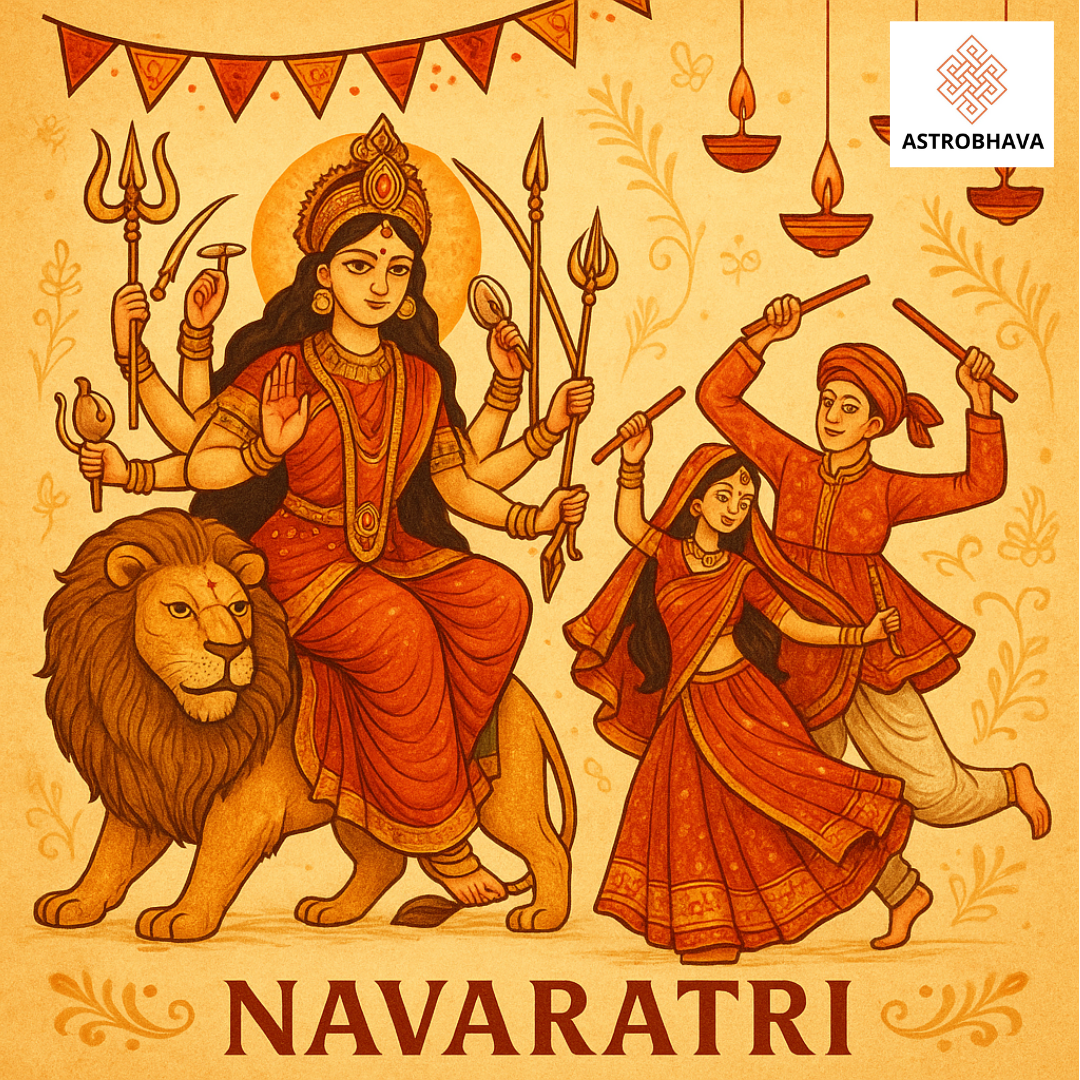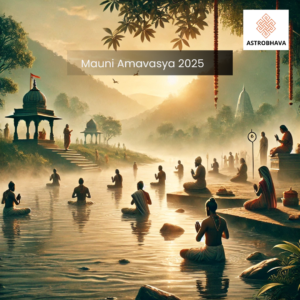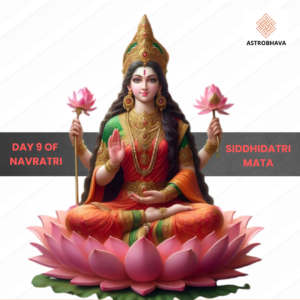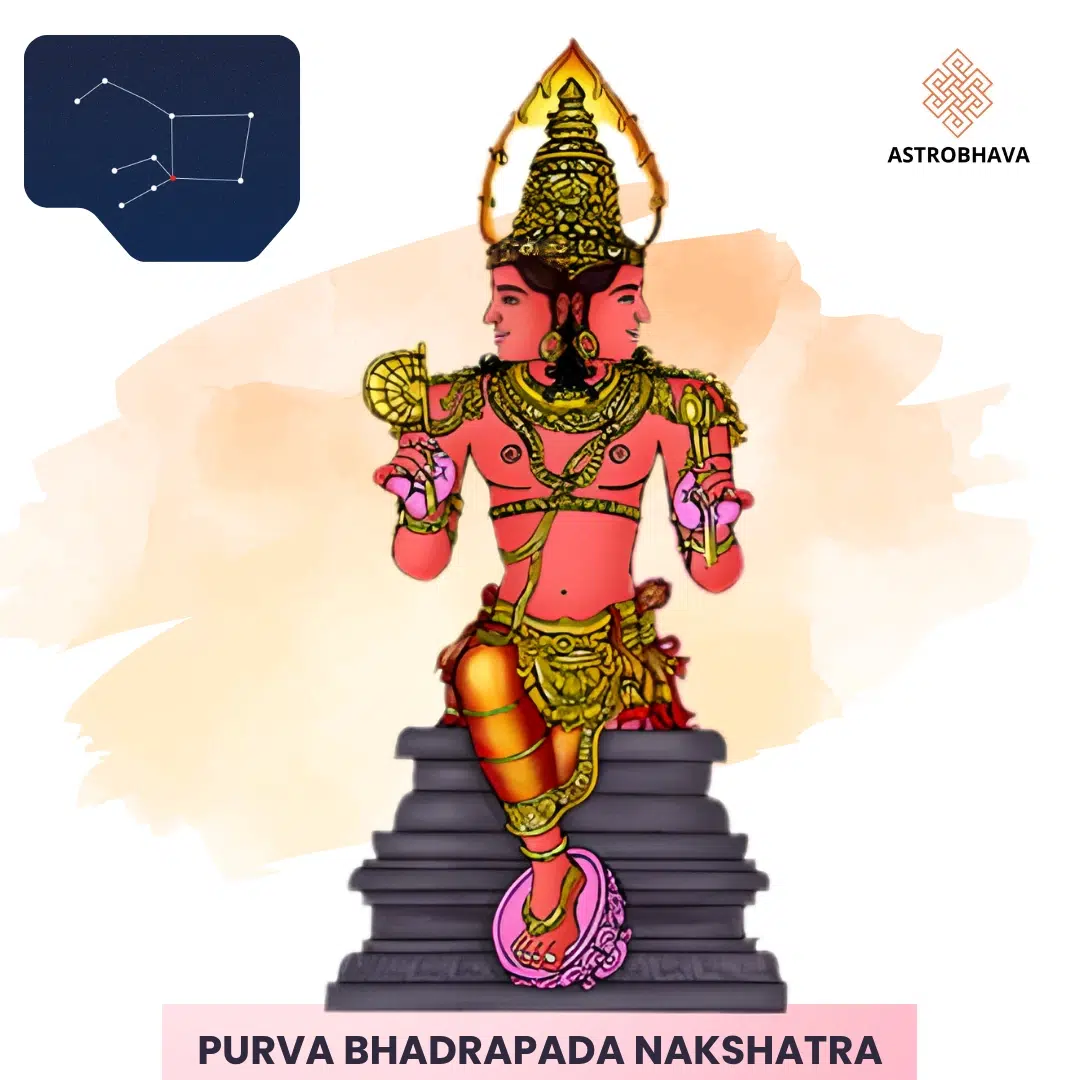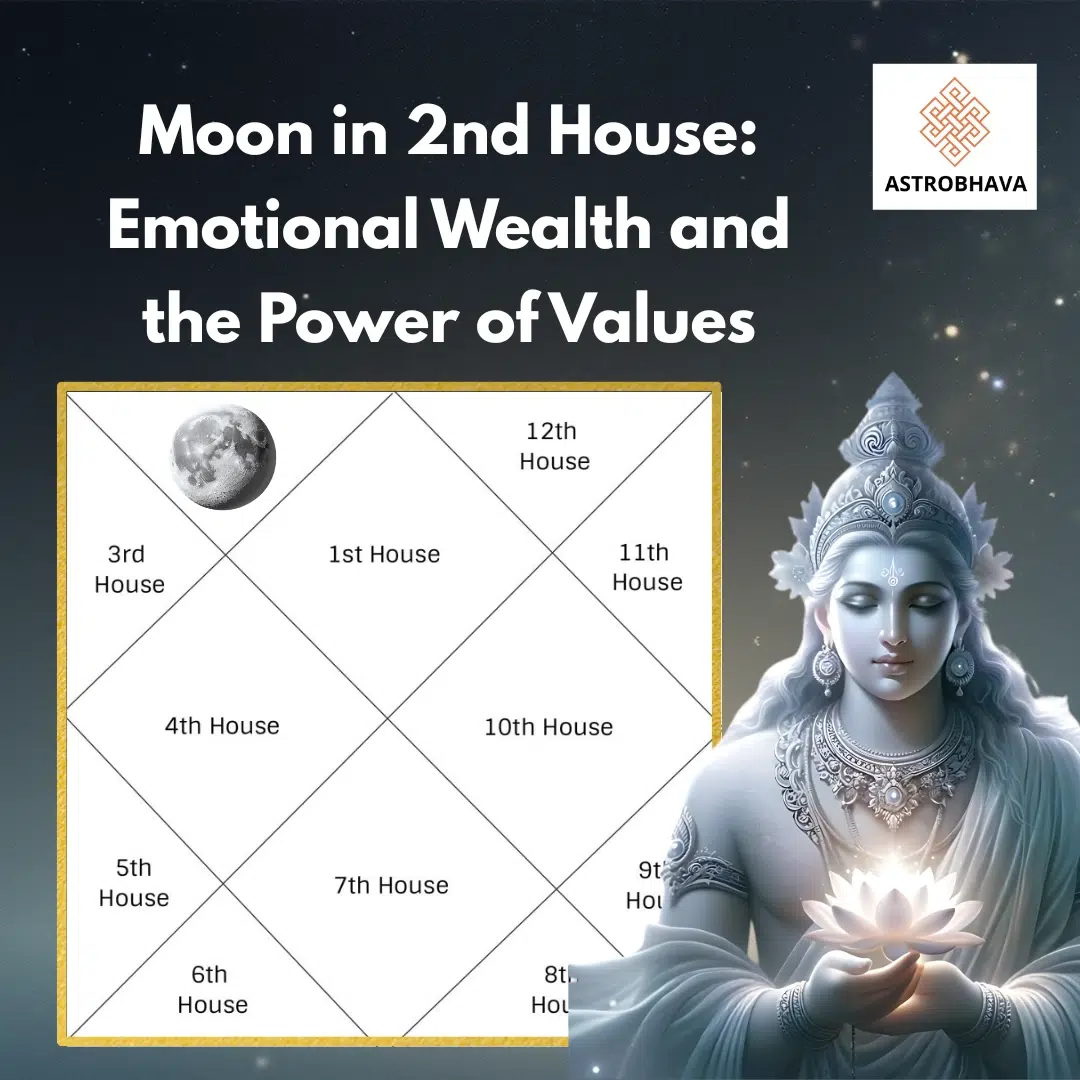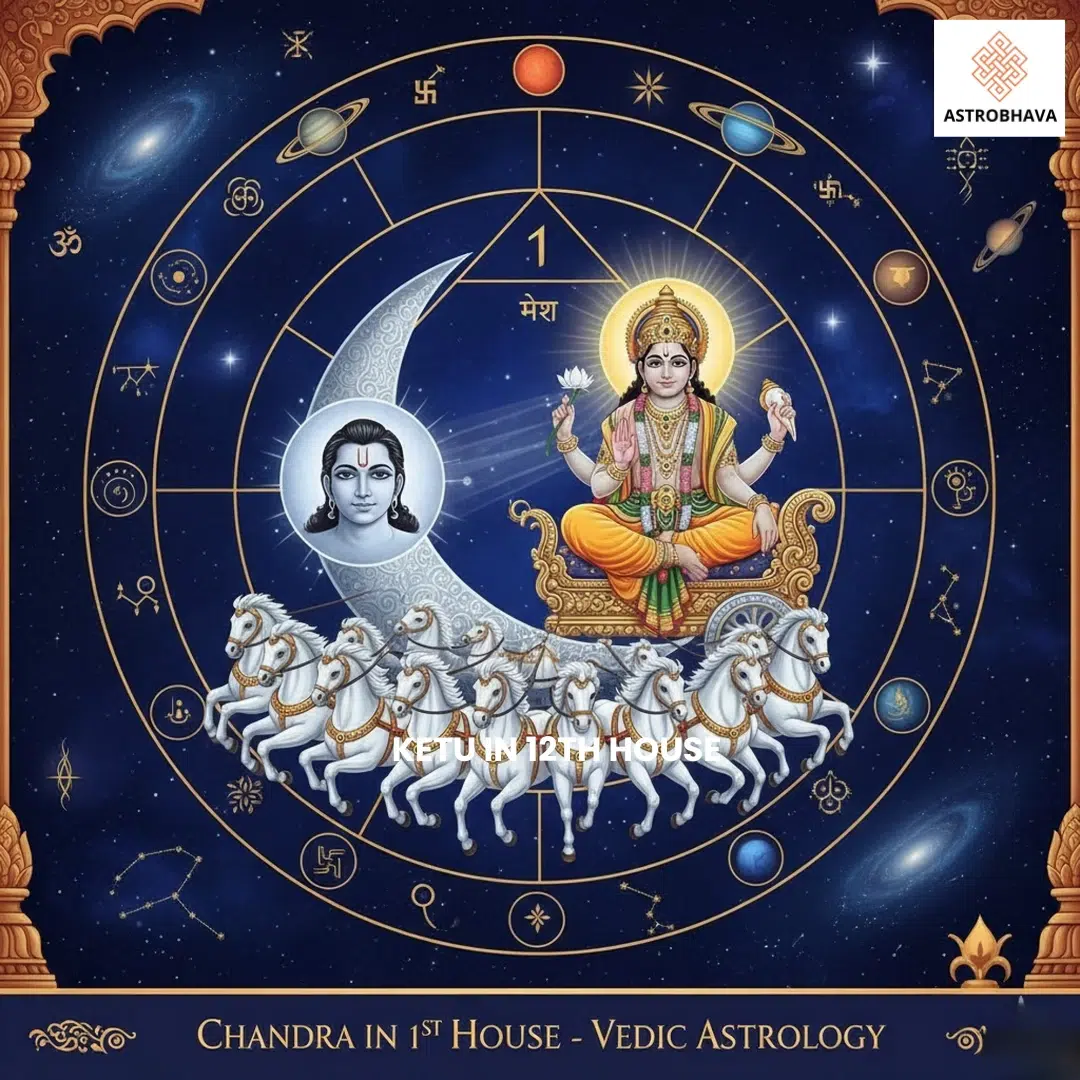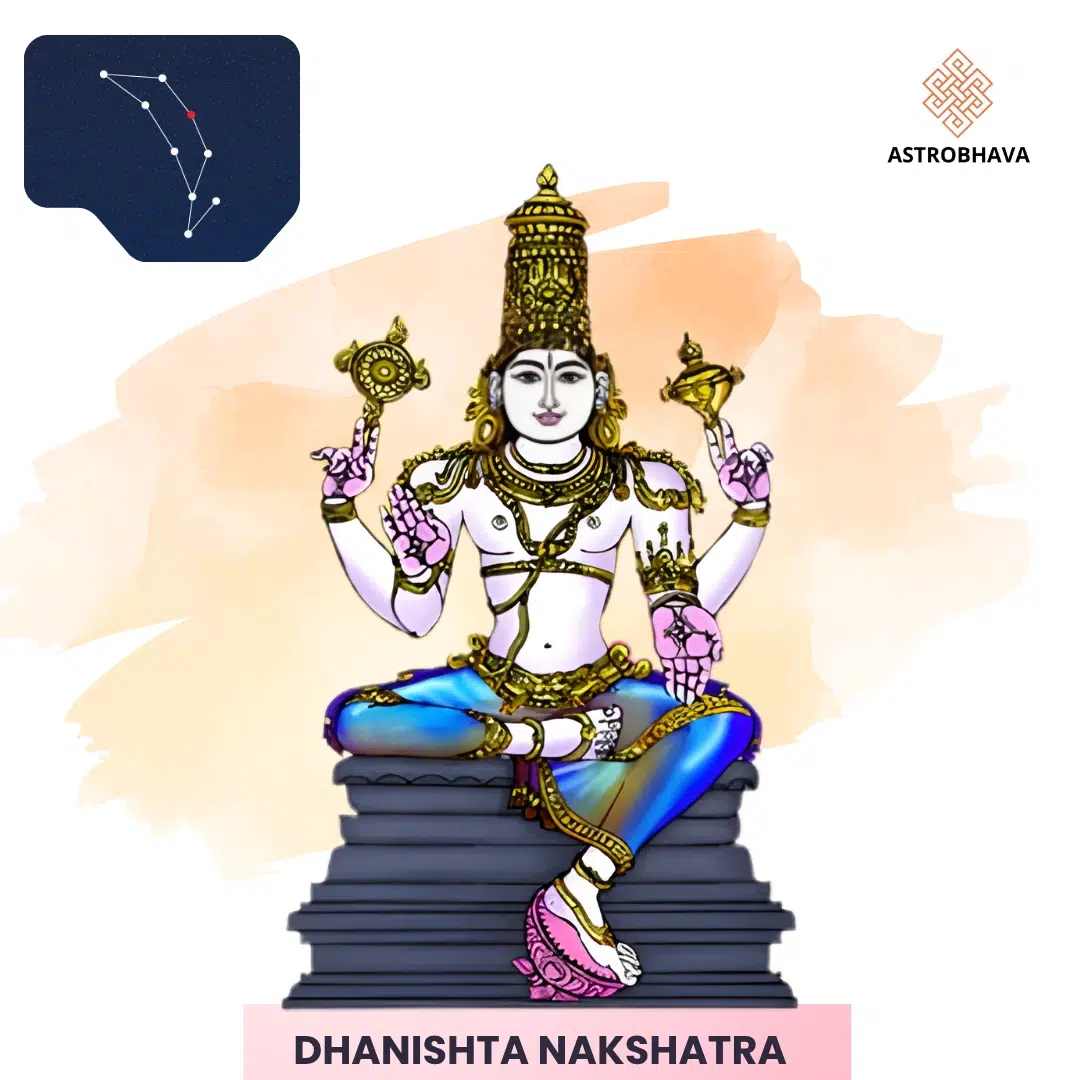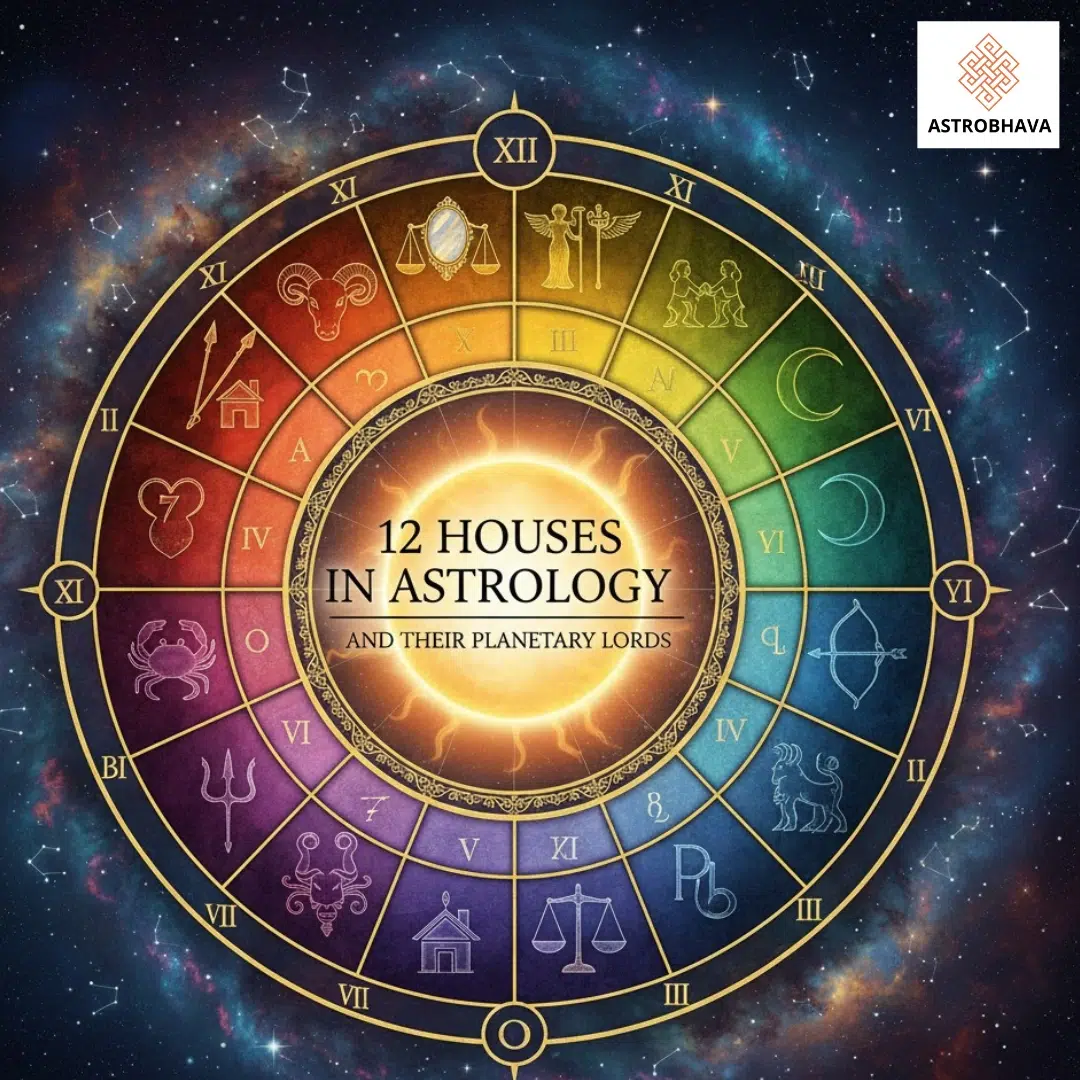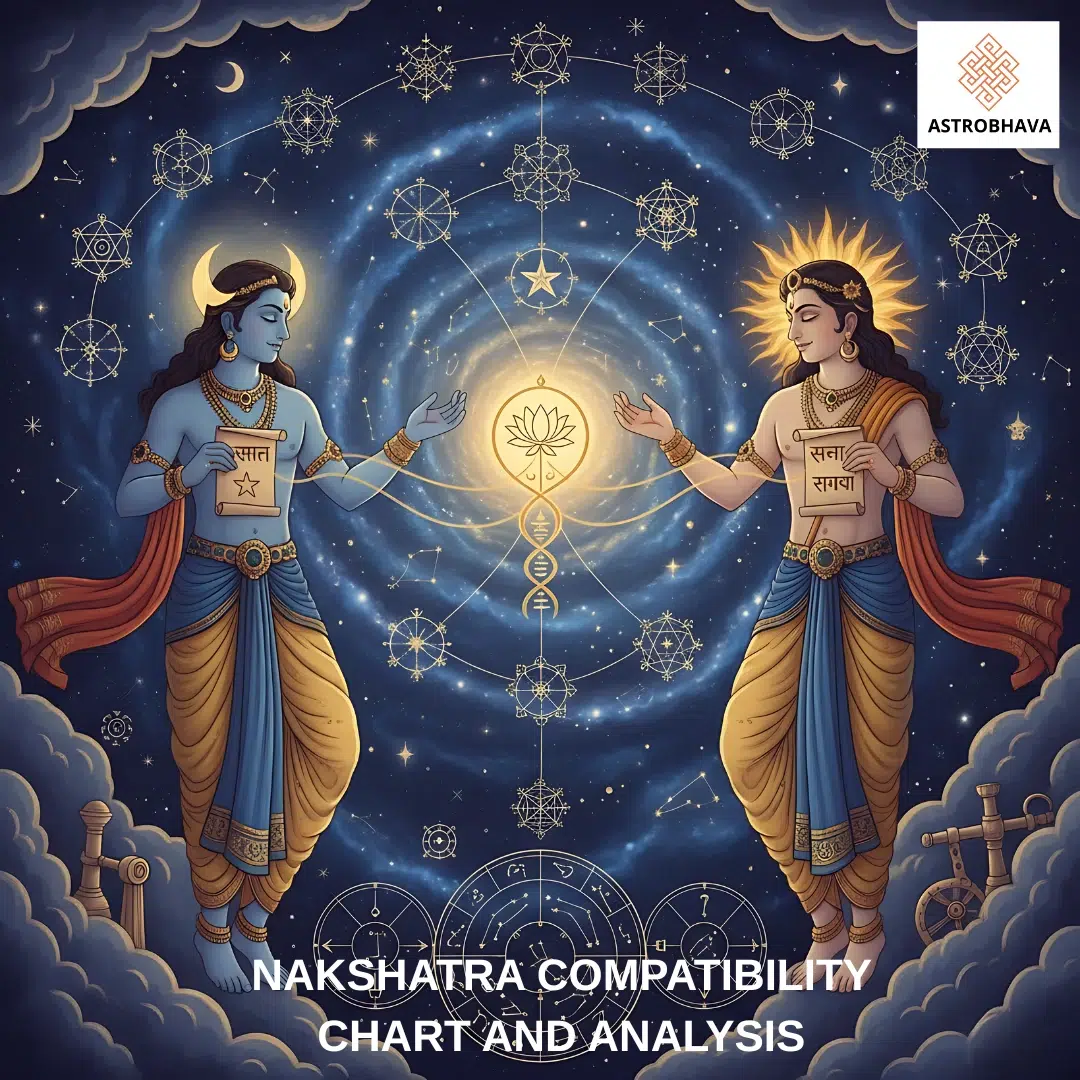9 Days Celebration: Why We Celebrate Navaratri for 9 Days?

Navaratri is one of the most vibrant and spiritually significant Hindu festivals, observed with great devotion across India and in many parts of the world. The term Navaratri literally means “nine nights” (Nava = nine, Ratri = night), during which devotees worship the nine divine forms of Goddess Durga. But why is Navaratri celebrated for 9 Days and not more or fewer? The answer lies in the spiritual, mythological, and astrological significance attached to this sacred festival.
Mythological Significance – The Battle of Nine Nights
The central story behind Navaratri is the epic battle between Goddess Durga and the demon Mahishasura, a tale that reflects the timeless truth of good triumphing over evil.
The Birth of Mahishasura
Mahishasura, whose name means “buffalo demon,” was a powerful asura who had performed intense penance to please Lord Brahma. Pleased with his devotion, Lord Brahma granted him a boon: no man or god could ever defeat him. Consumed with pride, Mahishasura believed himself to be invincible. With this power, he unleashed terror across the heavens, earth, and the underworld. He defeated the gods, captured Indra’s throne, and disrupted cosmic order.
The Creation of Maa Durga
Unable to withstand his cruelty, the gods approached the Trinity — Brahma, Vishnu, and Shiva. They realized that since Mahishasura could not be killed by a man or god, only a woman infused with divine energy could defeat him. From the combined powers of the gods emerged Maa Durga, a radiant warrior goddess riding a lion, armed with celestial weapons:
- Lord Shiva gave her the trident (Trishul).
- Lord Vishnu gave her the Sudarshan Chakra.
- Lord Varuna gave her the conch.
- Lord Indra gave her the thunderbolt (Vajra).
- Lord Agni gave her the spear.
- And many other gods bestowed weapons, ornaments, and blessings.
Thus, Durga embodied the Shakti (divine feminine energy), invincible and unstoppable.
The Nine Nights of Battle
Mahishasura, upon hearing of this divine challenge, laughed and underestimated the power of a woman. But soon he realized the fierce might of Maa Durga. A colossal battle began that lasted for nine nights and ten days.
- On each day, Mahishasura assumed a different form — sometimes a lion, sometimes an elephant, sometimes a fierce demon with unmatched strength.
- Each night, Maa Durga fought tirelessly, matching his might with her divine powers, shattering his arrogance piece by piece.
- The nine nights symbolize the progressive destruction of negative qualities — ego, greed, anger, ignorance, pride, jealousy, lust, laziness, and selfishness — within the human soul.
Also Read: Sharad Navaratri 2025 Dates, Puja Vidhi and Celebrations
The Final Victory – Vijayadashami
On the tenth day, Mahishasura transformed into a giant buffalo, his most fearsome form. The battle was intense, shaking the heavens and earth. Maa Durga, calm yet fierce, pierced him with her trident and finally slayed him. His fall restored balance in the universe.
This day came to be known as Vijayadashami (Vijaya = victory, Dashami = tenth day), celebrated as Dussehra in many parts of India. It marks not only the physical triumph of good over evil but also the inner triumph of light over darkness and truth over falsehood.
Symbolism of the 9 Days
The myth signifies that:
- Evil may appear powerful, but it is never eternal.
- Divine energy (Shakti) within every being can overcome negativity.
- The 9 Days are a reminder that transformation takes time — we must confront and defeat one weakness at a time before reaching ultimate victory.
Thus, Navaratri is not just a commemoration of Durga’s victory but also a spiritual roadmap for self-purification and strength.
Spiritual Significance of 9 Days of Navaratri
Navaratri is more than a festival of lights, colors, and rituals — it is a sacred path of inner purification and transformation. The 9 Days are not arbitrary; they are deeply symbolic of the three stages of spiritual evolution that every human must undergo: overcoming ignorance (Tamas), channeling energy (Rajas), and attaining wisdom (Sattva).
This division into three cycles of three days reflects how Goddess Durga leads her devotees from darkness to light, from chaos to balance, and from illusion to truth.
First Three Days – Tamas (Destruction of Negativity)
- These days are devoted to the fierce and protective aspects of the Goddess — Maa Shailputri, Maa Brahmacharini, and Maa Chandraghanta.
- Tamas represents inertia, ignorance, laziness, fear, and all lower tendencies that keep a soul bound to material illusions.
- Just as Maa Durga fought the demonic forces tirelessly, devotees are encouraged to look inward and confront their own inner demons such as:
- Anger
- Jealousy
- Arrogance
- Fear and doubt
- Fasting, meditation, and chanting during these three days help in cleansing the body and subconscious mind, preparing the devotee for higher spiritual practices.
💡 Spiritual Message: One must first destroy the inner darkness before inviting light.
Middle Three Days – Rajas (Energy and Transformation)
- The next phase is ruled by Maa Kushmanda, Maa Skandamata, and Maa Katyayani, who represent creation, nurturing energy, and fierce courage.
- Rajas represents passion, dynamism, and activity. While unchecked Rajas can lead to desires and restlessness, when guided correctly, it becomes the engine of transformation.
- These three days symbolize positive action — once negativity is destroyed, the devotee must now fill the inner void with constructive energy.
- Devotees channelize this energy by:
- Performing disciplined rituals and pujas.
- Engaging in service (seva) and charity.
- Focusing on goals with clarity and devotion.
💡 Spiritual Message: After cleansing, one must act with purpose, courage, and righteousness to transform life.
Last Three Days – Sattva (Peace and Divinity)
- The final cycle honors Maa Kalaratri, Maa Mahagauri, and Maa Siddhidatri, who bring wisdom, serenity, and ultimate liberation.
- Sattva represents purity, balance, harmony, and illumination. It is the highest state of consciousness where the soul realizes its divine nature.
- After destroying negativity (Tamas) and channeling action (Rajas), the devotee is now ready for knowledge, peace, and bliss.
- During these three days, devotees:
- Meditate deeply.
- Recite scriptures like the Durga Saptashati.
- Focus on inner silence and self-realization.
💡 Spiritual Message: The final goal of Navaratri is union with the Divine, where the soul transcends worldly illusions and experiences liberation (Moksha).
Astrological Importance of 9 Days of Navaratri
Navaratri is not only a festival of devotion and mythology but also a cosmic and astrological phenomenon. Hinduism places great importance on the relationship between divine worship and planetary alignments, and Navaratri is considered one of the most auspicious periods to balance celestial influences.
1. Connection with the Nine Planets (Navagrahas)
The nine forms of Goddess Durga worshipped during Navaratri are deeply connected to the Navagrahas (nine planets). Each day is believed to correspond to one planet, and worshipping the respective form of Maa Durga helps harmonize that planet’s influence in a devotee’s life.
- Day 1 – Shailputri: Linked with Moon (Chandra) – emotional balance, mental peace.
- Day 2 – Brahmacharini: Linked with Mars (Mangal) – courage, energy, self-discipline.
- Day 3 – Chandraghanta: Linked with Venus (Shukra) – harmony, relationships, beauty.
- Day 4 – Kushmanda: Linked with Sun (Surya) – vitality, leadership, spiritual light.
- Day 5 – Skandamata: Linked with Mercury (Budh) – intelligence, communication, learning.
- Day 6 – Katyayani: Linked with Jupiter (Guru) – wisdom, prosperity, righteousness.
- Day 7 – Kalaratri: Linked with Saturn (Shani) – karma, discipline, protection from negativity.
- Day 8 – Mahagauri: Linked with Rahu – purification, release from illusions, clarity.
- Day 9 – Siddhidatri: Linked with Ketu – spiritual awakening, moksha, mystical powers.
✨ By honoring the Navadurga during Navaratri, devotees are believed to receive blessings that neutralize malefic effects of the planets and strengthen beneficial ones.
2. Seasonal and Celestial Transition
Navaratri falls during two key times of the year:
- Sharad Navaratri (autumn equinox) – September–October.
- Chaitra Navaratri (spring equinox) – March–April.
Both these times mark a shift in the solar movement and change of seasons, where the body and mind become more sensitive to cosmic vibrations. The festival is therefore placed strategically as a period of detoxification, spiritual alignment, and planetary balancing.
3. Alignment of Body and Cosmos
Ancient sages believed that the human body is a microcosm of the universe, and just as the cosmos has nine planets, the body has nine energy centers (chakras).
- Worshipping the nine forms of Durga during Navaratri is said to activate these chakras, bringing harmony between individual energy and cosmic energy.
- This explains why many devotees meditate, chant mantras, and fast during Navaratri — these practices are believed to fine-tune inner vibrations with planetary and cosmic forces.
4. Remedies for Planetary Doshas
Navaratri is an especially powerful period for astrological remedies:
- Devotees perform Navagraha Shanti Pujas and Durga Homas to reduce malefic effects of planets like Rahu, Ketu, and Saturn.
- Wearing the day’s color, offering specific flowers, and chanting the associated mantras are said to appease the planets connected with that form of Maa Durga.
- This is why astrologers recommend initiating new ventures, marriages, or learning on specific days of Navaratri depending on favorable planetary alignments.
5. The Tenth Day – Cosmic Victory
The culmination of nine planetary alignments over 9 Days leads to the tenth day, Vijayadashami (Dussehra). This is symbolically the day when the planets align harmoniously, creating an atmosphere of victory, positivity, and balance in nature and in the lives of devotees.
Cultural Significance of 9 Days
Navaratri is celebrated differently across India:
- In West Bengal, it is observed as Durga Puja.
- In Gujarat, devotees perform the vibrant Garba and Dandiya Raas.
- In South India, households set up Golu (doll displays) and recite scriptures.
- In North India, Ramleela performances narrate the story of Lord Rama’s victory over Ravana.
Thus, the 9 Days symbolize a unifying festival that blends devotion, culture, music, dance, and spirituality.
Why Exactly 9 Nights and 10 Days?
The festival is called Navaratri for the nine nights of devotion, but it extends into the tenth day, Dussehra, which celebrates the victory of Goddess Durga over Mahishasura and Lord Rama over Ravana. Hence, while 9 Days are for worship and self-discipline, the tenth day is for celebration and victory.
Conclusion – Embrace the 9 Days of Divine Energy
Navaratri is more than just a festival; it is a sacred period of transformation. We celebrate Navaratri for 9 Days because each day represents a step towards spiritual awakening, inner strength, and divine blessings. By worshipping the nine forms of Goddess Durga, devotees overcome challenges, remove negativity, and welcome prosperity into their lives.
✨ If you wish to enhance your spiritual journey and seek remedies for planetary doshas during Navaratri, connect with AstroBhava. Our expert astrologers can guide you with personalized rituals, pujas, and homas to align your energies with the divine. ✨
FAQs on Navaratri
Q1. Why do we celebrate Navaratri for 9 days only?
Because each of the 9 Days is dedicated to one form of Goddess Durga, representing the spiritual journey from destruction of negativity to attaining divine wisdom.
Q2. What is the significance of fasting during Navaratri?
Fasting purifies the body and mind, reduces tamasic and rajasic energies, and enhances spiritual discipline.
Q3. Why are colors important in Navaratri?
Each of the 9 Days has a specific color that symbolizes qualities like strength, peace, prosperity, and devotion. Devotees wear these colors to align themselves with the divine energy of the Goddess.
Q4. Is Navaratri celebrated differently in different regions of India?
Yes, from Durga Puja in Bengal to Garba in Gujarat, Ramleela in North India, and Golu in South India, the festival has diverse cultural expressions.
Q5. What happens on the 10th day of Navaratri?
The tenth day, called Dussehra or Vijayadashami, marks the victory of good over evil—both the slaying of Mahishasura by Goddess Durga and Lord Rama’s victory over Ravana.
Categories
- Astrological Remedies
- Astrology Guides
- Astrology Remedies for Wellness
- Career Astrology & Personal Growth
- Cosmology
- Dasha
- Festivals & Vedic Rituals
- Homa and Fire Rituals (Yagna)
- Japa
- Mantra
- nadi astrology
- nakshatras
- numerology
- Pilgrimage
- planets houses
- Progency
- Puja & Rituals
- Relationships
- rudra puja
- Rudraksha and gemstone
- Spiritual Astrology
- Spiritual Practices and Chanting
- Spiritual Rituals and Personal Empowerment
- Spiritual Tools & Personal Growth
- Spiritual Wellness and Protection
- Spirituality and Rituals
- Spirituality or Vedic Rituals
- Vastu Tips
- Vedic Astrology
- yantras
- Zodiac Signs

